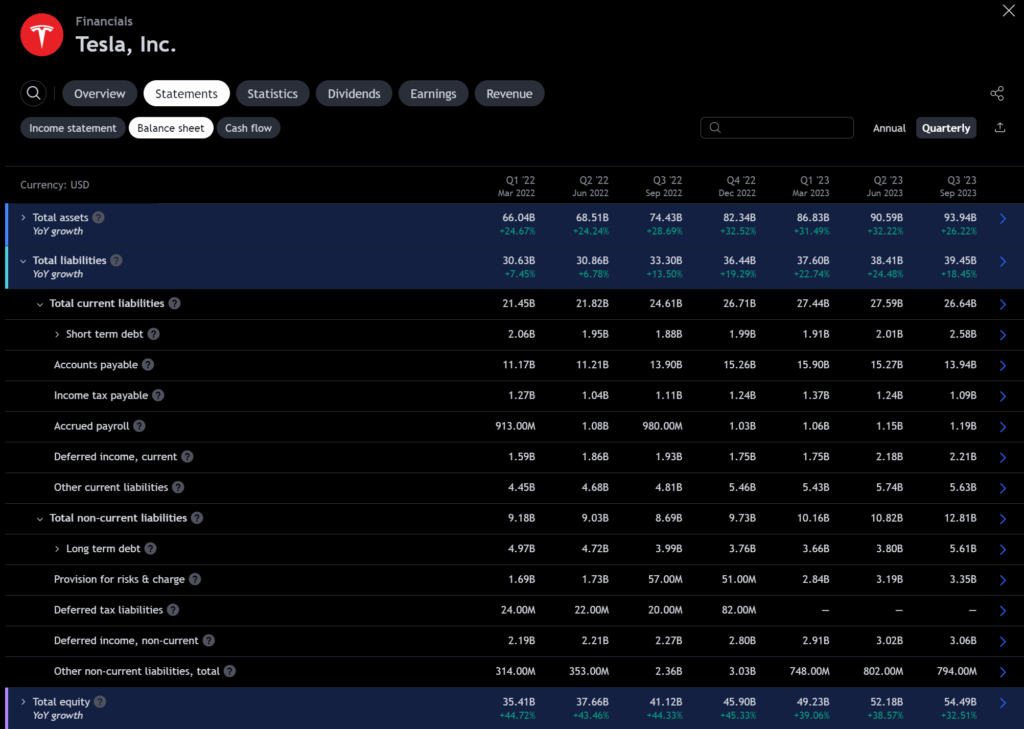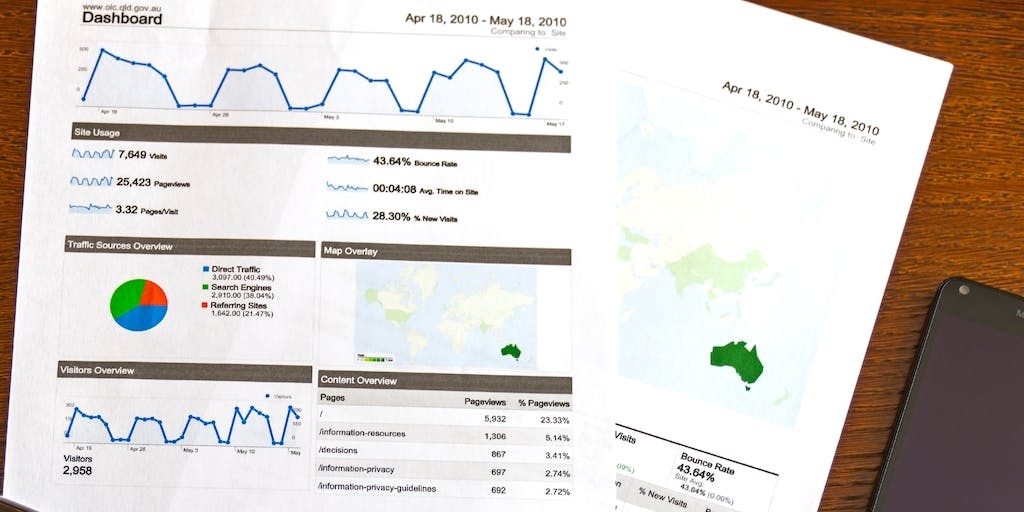Understanding the Financial Leverage Ratio
In the intricate dance of finance, one key performance indicator takes center stage – the Financial Leverage Ratio. This ratio, derived from the balance sheet, provides valuable insights into a company’s capital structure and its ability to manage debt. In this blog post, we delve into the nuances of the Financial Leverage Ratio and explore its various facets.
Deconstructing the Debt-to-Equity Ratio
At the heart of financial leverage analysis lies the Debt-to-Equity Ratio, a fundamental metric calculated by dividing Total Debt by Total Equity. This ratio serves as a yardstick for evaluating the proportion of a company’s financing that comes from debt relative to equity. The formula is simple yet powerful, offering a snapshot of the firm’s financial health.

Total Debt, a pivotal component in this calculation, encapsulates external financing. It’s worth noting that the equation can also be expressed using Total Liabilities in place of Total Debt. This tweak broadens the scope to include all obligations, offering a comprehensive view of a company’s leverage.

Categorizing Debt: Short-Term vs. Long-Term Liabilities
Delving deeper, it’s essential to distinguish between Short-Term and Long-Term Debt. Short-Term Debt, often categorized as a “Current Liability,” represents financial obligations due within one year. In contrast, Long-Term Debt falls under the umbrella of “Non-Current Liabilities,” encompassing obligations with a maturity period exceeding one year. This distinction aids in assessing the company’s immediate and long-term financial obligations.
Financial Leverage Ratio: Exploring Various Ratios
While the Debt-to-Equity Ratio is a cornerstone, financial analysts often explore additional ratios to gain a more nuanced understanding of a company’s leverage. Consider the following alternatives:
- Debt Ratio: Total Debt divided by Total Liabilities.
- Debt-to-Assets Ratio: Total Debt divided by Total Assets.
- Debt-to-Capital Ratio: Total Debt divided by the sum of Total Debt and Total Equity.
- Debt-to-EBITDA Ratio: Total Debt divided by Earnings Before Interest, Taxes, Depreciation, and Amortization (EBITDA).
- Asset-to-Equity Ratio: Total Assets divided by Total Equity.
Each ratio sheds light on different aspects of a company’s financial structure, offering a more comprehensive view beyond the Debt-to-Equity Ratio.
The Strategic Role of Leverage in Capital Growth
Understanding a company’s leverage is not merely an exercise in number crunching; it plays a strategic role in raising capital. Companies can achieve rapid growth if they can generate a higher rate of return than the interest paid on the debt. This leverage amplifies returns for shareholders but also entails risks, as the cost of debt must be carefully managed to avoid financial distress.
Managing Debt: A Crucial Aspect of Financial Health
Knowing a company’s leverage is akin to understanding its ability to meet debt obligations. This awareness is crucial for investors, creditors, and management alike. It highlights the company’s capacity to navigate financial challenges and pay off debts promptly.
In the realm of financial institutions, banks often exhibit high financial leverage ratios. The rationale lies in the protection afforded by the Federal Deposit Insurance Corporation (FDIC), which mitigates lending risks. However, this privilege comes at the cost of rigorous regulation to maintain financial stability and protect depositors.
The Financial Leverage Ratio serves as a compass for navigating the complex terrain of corporate finance. Whether you’re an investor evaluating a company’s risk profile or a financial analyst deciphering its growth potential, a nuanced understanding of leverage ratios is indispensable. As we unravel the mysteries of financial leverage, we unlock valuable insights into the DNA of successful financial management.





